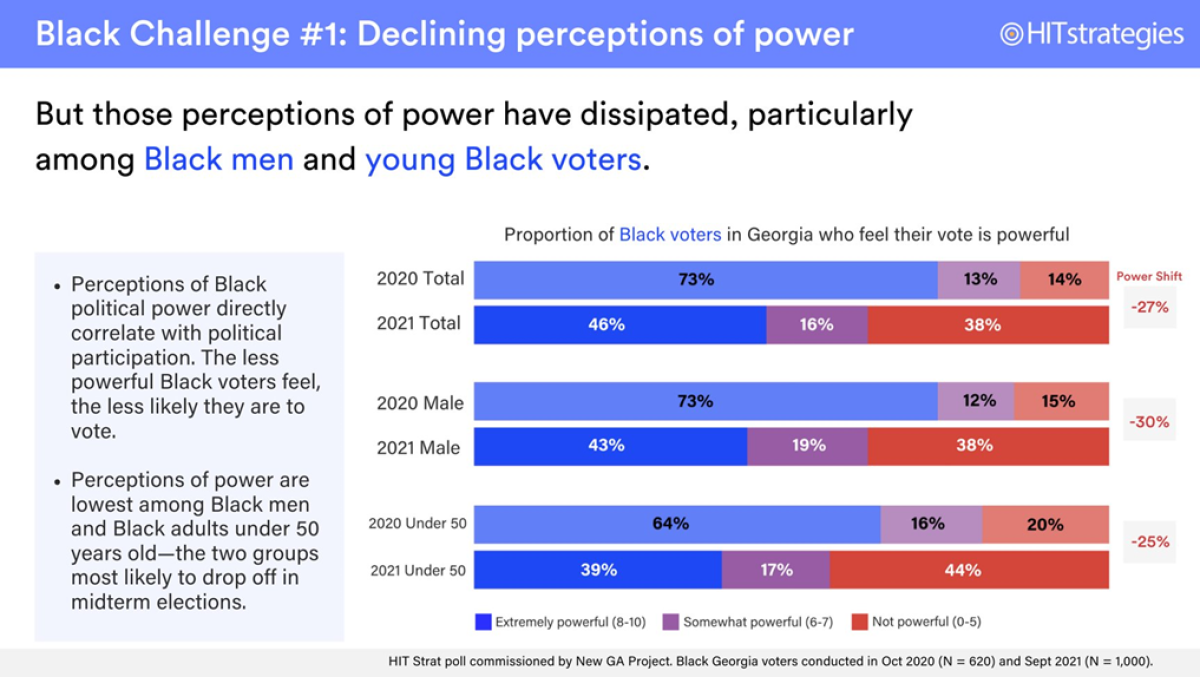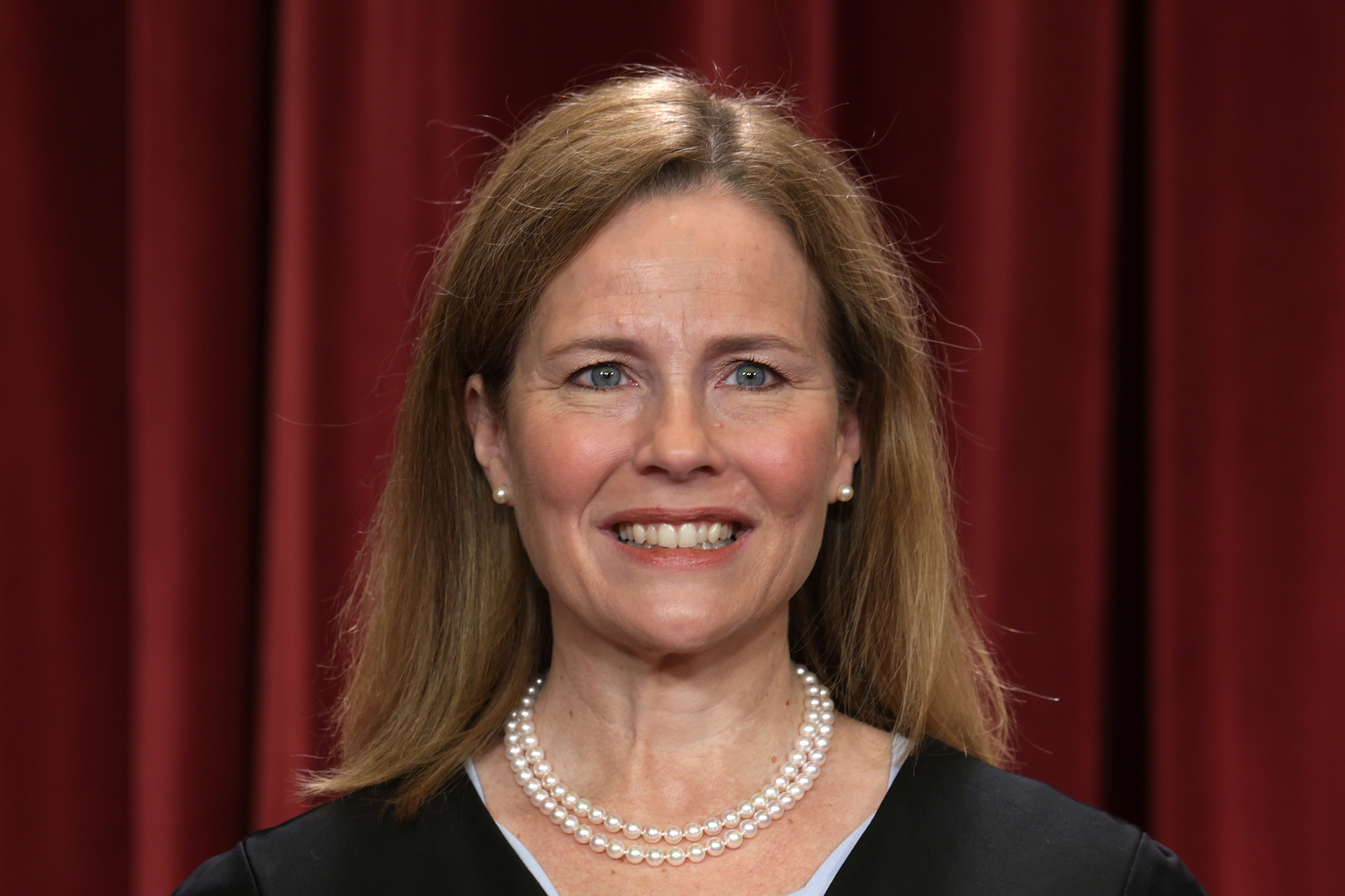America is becoming a more diverse place.
When final numbers were compiled from the 2020 U.S. Census, statistics showed all of the nation's population growth over the last decade came from people of color, as population counts from the nation's white majority saw a near double-digit decline.
The nation's politics have become more diverse too, with today's 117th U.S. Congress considered the most racially and ethnically diverse in history—just as the five previous Congresses were.
Despite all of this, some experts say both Republicans and Democrats are ignoring people of color. And they are doing so at their own peril.
More than half of the nation's Hispanic voters are still receiving no contact from parties or candidates, says Clarissa Martinez, vice president at UnidosUs Latino Vote Initiative.
And while voter turnout has been steadily improving among the fastest-growing racial or ethnic group in the country, Asian Americans, recent surveys show many within that demographic feel like they are generally not considered in national policy conversations,

even as they have proven increasingly critical to winning coalitions in many parts of the country.
"The 2020 election showed us that [Asian American] and [Native Hawaiian/Pacific Islander] voters have an outsized national impact, especially in those places where the margin of victory is very fragile," said Juliet Choi, president and CEO of Asian & Pacific Islander American Health Forum. "We've been saying this for years and unfortunately, I do believe our voices are not heard loudly enough."
The comments, which came during a pre-midterm briefing for reporters Thursday, accompanied a number of polls conducted by various minority advocacy groups representing the Hispanic, Asian American, Native American and Black communities. And in every single one, voters of color indicated a feeling of being ignored by both major parties.
"A common thread where it comes to outreach to these communities: way too often taken for granted, then blamed for election results regardless of whether candidates bothered to reach out," Martinez said.
Though Republicans have made significant headway with voters in the Hispanic community over the last several election cycles, the largest missed opportunity might be for Democrats, who remain the dominant political force among minority groups.
While the party—which has largely driven the diversification of Congress—has committed millions of dollars toward minority voter outreach this election cycle, some minority groups are not connecting with the party's message or feel uninspired that their votes actually mean something just a few weeks before Election Day.
Reasons vary widely. Polling of the Black community conducted by HIT Strategies and the NAACP found a 27 percent decrease among the number of Black voters in Georgia who felt their vote was "powerful" in the aftermath of a 2020 election marred by long wait times in predominantly Black precincts.

Those apathetic attitudes were most acute among Black men, their survey showed, as polling found the group was "unfamiliar with many of the threats that the GOP poses to the Black community" and therefore, less likely to vote, as the perception of their ballot counting less began to set in.
"Credit for accomplishments achieved so far must be given to the voters themselves, not credited to the establishment," an NAACP strategy memo accompanying the poll read. "To increase turnout, we must continue to remind them that they are the catalyst to create change for their communities."
The consequences of that apathy ultimately benefit Republicans, who have sought to improve the ranks of Black conservatives within their caucus.
According to projections by HIT Strategies, if Black men turned out and supported Democratic Senate candidates in the 2020 elections at the same rate as Black women, North Carolina Democrat Cal Cunningham would have won his election there in a landslide, while Georgia Democratic U.S. Senator Jon Ossoff would have avoided a runoff election against Republican David Perdue.
"The scary part, I would say, for Black voters is that we trend at about 90 percent-plus voting for progressive candidates," said Jamal Watkins, senior vice president of strategy and advancement at the NAACP. "So in many ways we're assumed for and taken for granted at the baseline that we're going to be there for these progressive candidates.
"But it's a fight in the margins," he added. "If 3 percent of Black men vote a certain way in Georgia, Herschel Walker won't be the next senator. And so you're talking about really being nuanced and reaching a community that in many ways has been pushed and pulled by the political machinery, taken for granted, but is experiencing probably the worst outcomes related to the policies that matter."
The biggest opportunity for either party lies with two key issues: improving economic conditions for minority communities, and improving healthcare outcomes, which actually outranked the economy as a top issue among Asian American voters in polling.
Part of that success lies not only with messaging, but with tangible accomplishments tailored to minority groups. Increased "get out the vote" efforts in Indian country, said National Congress of American Indians Executive Director Larry Wright Jr., resulted in a broader understanding of policy issues among indigenous voters as well as tangible increases in voter turnout.
But experts said investing in young voters could also be key in building a lasting coalition.
While they trend to lean Democratic, young voters of color ages 18 to 24 in several swing states around the country also named economic issues as their top priority ahead of this year's midterm elections, alongside maintaining abortion access and addressing issues like systemic racism and discrimination. The tumult of 2020, experts said, has also stoked an uncommon degree of voter enthusiasm in this year's midterm elections, as issues like abortion have risen to the fore and the memory of the 2020 protests around the death of George Floyd remain fresh in voters' minds.
They also remain highly motivated as a voting bloc: According to survey results, approximately six in 10 young voters of color say they are motivated to vote, likely to vote and believe their vote has power.
"Whether on the national, state or local level, young voters of color are hungry to elect leaders that represent them and they are pushing for real action on issues like abortion access, the economy, and systemic racism and discrimination," Advancement Project Executive Director Judith Browne Dianis said in a statement. "Young voters of color are united around these critical issues and are ready to vote, we just need to equip them with accurate information."
Uncommon Knowledge
Newsweek is committed to challenging conventional wisdom and finding connections in the search for common ground.
Newsweek is committed to challenging conventional wisdom and finding connections in the search for common ground.
About the writer
Nick Reynolds is a senior politics reporter at Newsweek. A native of Central New York, he previously worked as a ... Read more
To read how Newsweek uses AI as a newsroom tool, Click here.








